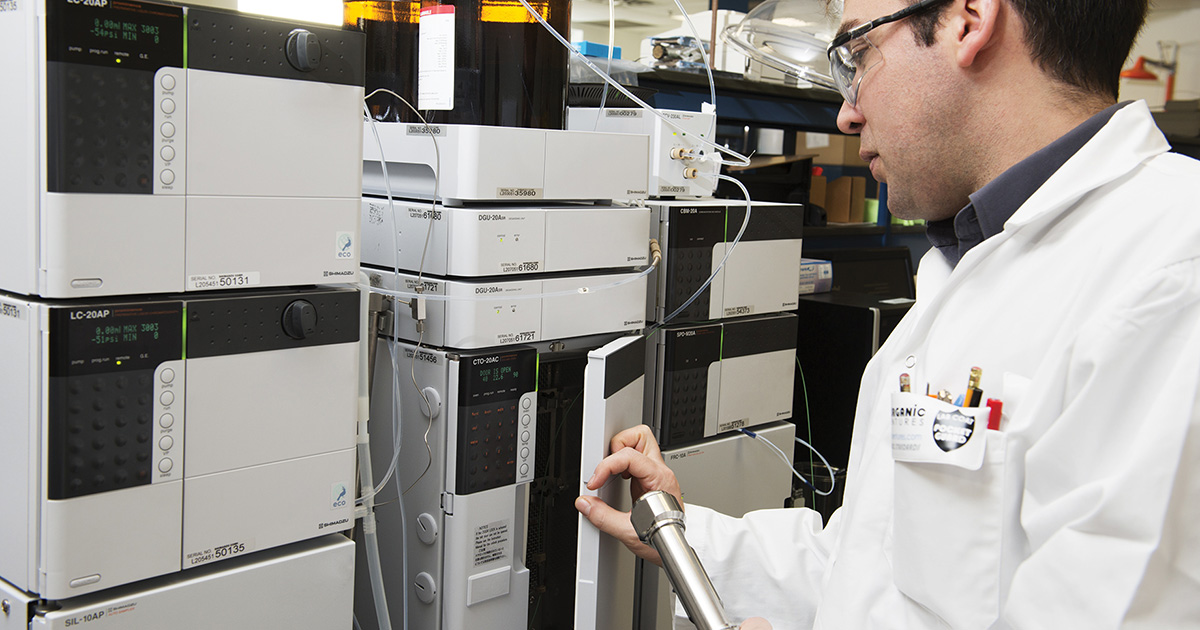
Pharmacokinetics (PK) Assays in Clinical Trials: Recent Advances and Future Directions
The success of a therapeutic regimen depends on the drug product and the design of drug doses. Generally, physicians decide on a drug product after thoroughly assessing the physical characteristics and patient diagnosis. However, the choice of the drug product and the dose regimen depends on the individual features of a patient and the pharmacokinetics properties of the drug product.
Therefore, the assessment of pharmacokinetics in clinical trials is crucial for the success of drug therapy. The current article discusses PK assay employed by pharmacokinetics CROs and evaluates advances and future directions for PK samples in clinical trials.
Rigid individualization of doses
Not all drug products require a rigid dosage regimen. Many drugs have an extensive safety profile. These drug products, when consumed, are usually effective and safe without medical supervision. Hence, physicians prescribe this drug based on clinical judgment and not on dose titration. However, a rigid dosage regimen is crucial for drug products with a narrow therapeutic window. Any minute differences in concentration or dose will lead to serious adverse drug effects, which can be irreversible, persistent, or even life-threatening.
Therapeutic drug monitoring
Generally, drugs with a broader therapeutic range do not necessarily require therapeutic drug monitoring. Over-the-counter drugs, such as analgesics, are safe when consumed as directed. However, therapeutic drug monitoring of plasma concentrations is crucial when the plasma drug concentration is correlated with adverse effects or when the plasma drug concentration has a relationship with the desired clinical effect.
For drug products with unrelated plasma drug concentrations and clinical effects, GLP labs and drug developers may use surrogate parameters to monitor the drug product, such as glucose concentrations in diabetic patients who use insulin products.
Design of dosage regimen
Researchers employ multiple methods to design the dosage regimen of a drug product. Usually, the initial drug dosage is calculated using average population PK data from the literature. These PK parameters are then modified and altered according to the known parameters of physiology, diagnosis, allergy, and demographics of the patient population.
Determining drug doses
The starting drug dose is calculated based on the final goal of the delivery target at an appropriate therapeutic level. Generally, the desired therapeutic levels and PK parameters are present in the literature. However, the literature may not provide complete information on some drug products. Here, researchers make necessary assumptions to avail the best PK data.
Frequency of drug administration
The drug size often depends on the frequency of drug administration. The more frequent the drug administration, the smaller the size of the drug product. Hence, a 250 mg dose for every 3 hours can be modified to 500 mg for every 6 hours. However, as the interval gets longer, the drug size needed to achieve and maintain the average drug concentration in the plasma rises correspondingly. If the dosing interval is excessively long, a correspondingly larger drug dose will result in toxic drug concentration.
Hence, pharmacokinetics studies will always remain crucial in preclinical and clinical trials. Besides, advancements in therapeutic drug monitoring and dosage regimen will help researchers better implement PK assays and drug development studies.
Must Read: Emerging Trends in PK CRO Services: What’s Next for Drug Research


